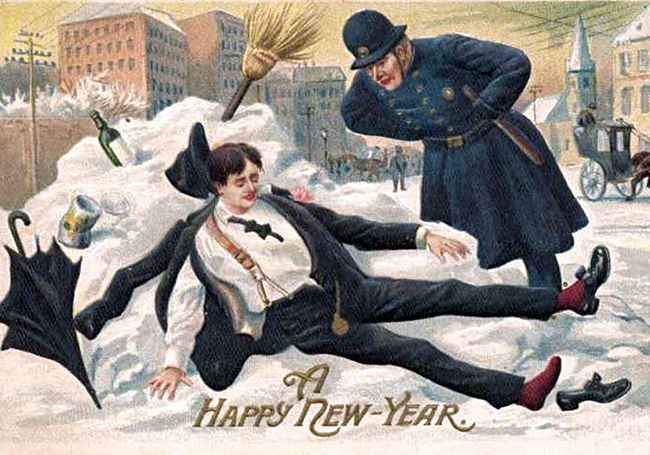MAYWOOD, Ill.– Men who are physically active are at lower risk of nocturia (waking up at night to urinate), according to a study led by a Loyola University Chicago Stritch School of Medicine researcher.
The study, by Kate Wolin, ScD, and colleagues, is published online ahead of the print edition in Medicine & Science in Sports & Exercise, the official journal of the American College of Sports Medicine.
Nocturia is the most common and bothersome lower urinary tract symptom in men. It can be due to an enlarged prostate known as benign prostatic hyperplasia (BPH) in which the enlarged prostate squeezes down on the urethra. Other causes include overproduction of urine, low bladder capacity and sleep disturbances. Nocturia increases with age and is estimated to occur in more than 50 percent of men 45 and older.
Wolin and colleagues analyzed data from a large, ongoing clinical trial called the Prostate, Lung, Colorectal and Ovarian Cancer Screening Trial (PLCO). Men ages 55 to 74 were eligible for the trial. The study included questions on BPH-related outcomes, including enlarged prostate, elevated PSA levels and nocturia. PLCO also asked men about physical activity and other lifestyle factors.
Wolin’s analysis included 28,404 men in the PLCO trial who had BPH outcomes before enrolling in the study (prevalent group) and 4,710 men who had newly developed BPH (incident group).
Among men in the incident group, those who were physically active one or more hours per week were 13 percent less likely to report nocturia and 34 percent less likely to report severe nocturia than men who reported no physical activity. (Nocturia was defined as waking two or more times during the night to urinate; severe nocturia was defined as waking three or more times to urinate.)
“Combined with other management strategies, physical activity may provide a strategy for the management of BPH-related outcomes, particularly nocturia,” Wolin and colleagues wrote.
There are several possible mechanisms by which physical activity can protect against nocturia, including reducing body size, improving sleep, decreasing sympathetic nervous system activity and lowering levels of systemic inflammation.
Future studies should explore physical activity as a potential symptom-management strategy, “with particular attention to the dose of physical activity necessary and the mechanisms that might underlie the association,” Wolin and colleagues wrote.
Wolin is an epidemiologist whose research focuses on the role of lifestyle in reducing the risk of cancer and other chronic diseases, and on improving outcomes. She is an associate professor in the departments of Surgery and Public Health Sciences of Loyola University Chicago Stritch School of Medicine.
Co-authors of the study are Robert Grubb III, Ratna Pakpahan, Gerald Andriole and Siobhan Sutcliffe of Washington University in St. Louis; and Lawrence Ragard and Jerome Mabie, who work in private industry.
The study is titled “Physical Activity and Benign Prostatic Hyperplasia-Related Outcomes and Nocturia.” It was supported by a grant from the National Institute of Diabetes and Digestive and Kidney Diseases.






